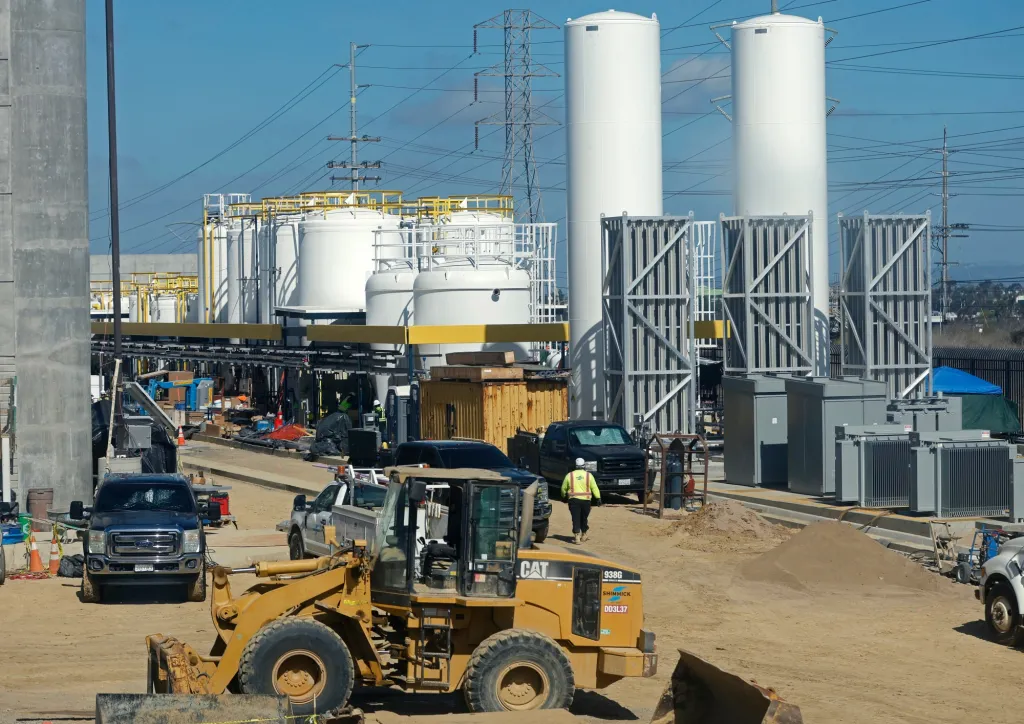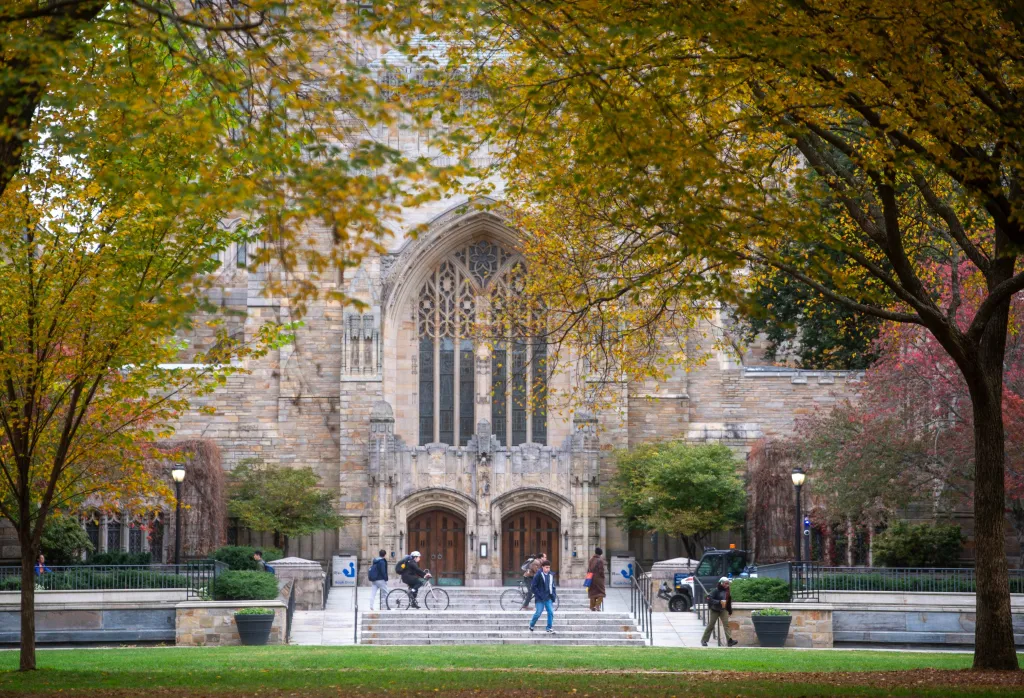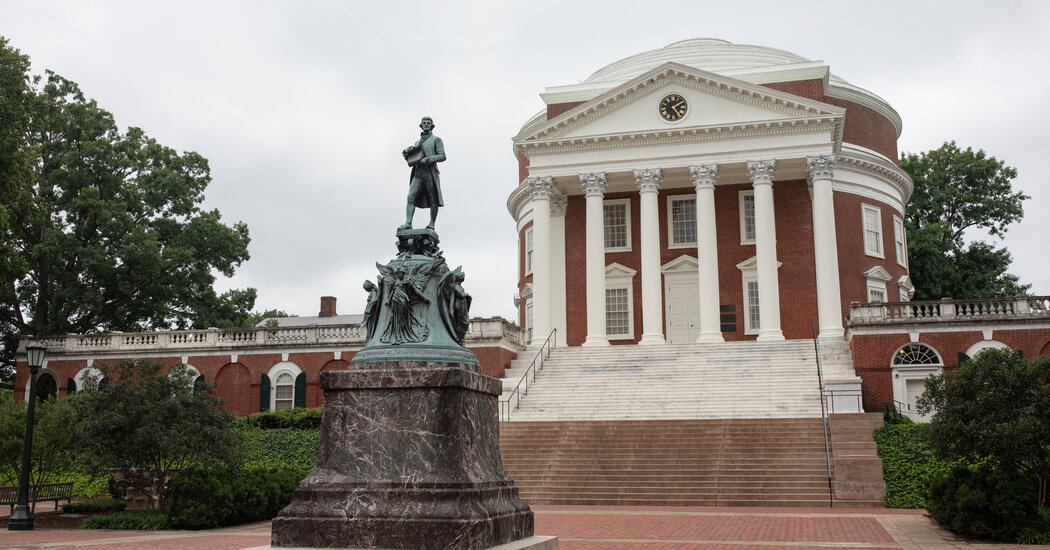Copyright San Diego Union-Tribune

San Diego may shift the second phase of the city’s Pure Water sewage recycling system to a more efficient purification method that could save billions of dollars, preventing steep jumps in local sewer and water bills. The new method could dramatically change the size, scope and cost of the massive project’s Phase Two, which had been expected to be nearly twice as large as the nearly complete first phase. City officials say it could let them avoid building expensive pipelines to either San Vicente Reservoir or Lake Murray from a new purification plant to be built in Mission Valley. That change is possible because California recently loosened its purification rules to allow purified wastewater to be pumped directly into a water system, instead of being stored for months in reservoirs or underground basins. The rule change, which took effect last fall, came just as San Diego was already re-evaluating Phase Two of Pure Water, because conservation has depressed local water demand and construction costs have soared. City officials have suggested that lower demand could allow them to build a smaller version of Phase Two than the City Council approved in 2012. They’ve also expressed concerns that costs for that phase could saddle residents with water bills they can’t afford. A consultant hired to handle the re-evaluation recently expanded its analysis to include determining whether the new state method could allow Phase Two to produce purified water from sewage more cheaply and efficiently. San Diego is the first water agency in California to explore using the new method and engage state officials on how it could be tailored to overcome any local challenges. “We are at the forefront in the state on this,” said Ally Berenter, deputy director of external affairs for the city’s Public Utilities Department. “We’re very proud to be that kind of leader.” But the new method — called direct potable reuse, or DPR — comes with its own set of challenges, city officials say. Because water demand varies by season in San Diego, with demand much lower in winter and much higher in summer, the city couldn’t just immediately pump all the purified former sewage into the water system. During winter months when water demand is low, the city would have to store the excess in either a reservoir or some kind of storage basin. “The one big reality that DPR ignores is the amount of water we’re delivering changes drastically throughout the year,” said Juan Guerrero, the city’s public utilities director. “It’s not the same cost as building a pipeline, but you have to accommodate for some new investment in storage.” Another potential problem is the “ick” factor. Pure Water Phase One was ridiculed by opponents as “toilet-to-tap,” an effort to highlight that people would be drinking water previously flushed down a toilet before being purified. The purification method the city is using for Phase One — called indirect potable reuse — softened that image somewhat by requiring the purified water to sit in a reservoir for months. But DPR would pump it directly into the water system, without any interim storage period during which it interacts with nature. Guerrero and Berenter said it’s hard to predict whether the city would face a repeat of the toilet-to-tap opposition campaign. But they said the city will be ready if that happens. Berenter said people have become more familiar with the concept of purifying sewage — and much more trusting of the science behind it — since San Diego first floated the idea two decades ago. “I think we’ve come a long way in terms of acceptance,” she said. To soften opposition back then, the city gave hundreds of tours of a “demonstration” purification plant built on the western Miramar site where the real purification plant was eventually built. “We learned from the toilet-to-tap incident that these demo facilities are amazingly helpful,” said Guerrero, contending that such facilities help soften opposition. “We might have to ramp it up.” Berenter said another concern with direct potable reuse is that it requires more rigorous sewage treatment standards that come with higher costs, which could eat into any savings. Guerrero also noted that state officials are still working out some details that could affect San Diego. “There are some kinks that need to be worked through,” he said. But he said direct reuse also comes with many advantages — including a potential impact on Phase One of Pure Water. While that phase is based on the old method, the new direct potable reuse rules could let the city leave purified water in Lake Miramar for much shorter time periods than the 60 days mandated under the old method. Freeing up storage capacity could potentially allow the city to produce more than the 30 million gallons per day that the Phase One purification plant in western Miramar is slated to produce. “If we produce more water in Phase One, maybe we can invest less in Phase Two,” Guerrero said. “They all play together.” And that’s a key question the consultant analyzing Phase Two must answer — how much purified water it must produce. The 2012 plan called for 30 million gallons per day from Phase One and 53 million gallons per day from Phase Two, for a total of 83 million gallons per day when the entire project is complete in 2035. Guerrero said the city might be able to reduce that 83 million to a lower number because of reduced local demand for water and because the Point Loma Wastewater Treatment Plant isn’t at capacity. The Point Loma plant is key, because the antiquated technology it uses was what spurred San Diego to conceive of Pure Water in the first place. The plant doesn’t comply with the federal Clean Water Act because it can only manage enhanced primary treatment — not the secondary treatment required. When a coalition of environmental groups threatened to sue the city over this problem two decades ago, city officials agreed to build Pure Water and solve two problems at once. Pure Water will solve the problem at Point Loma by diverting the sewage away from the plant. It will also make San Diego less reliant on expensive imported water by providing a reliable local supply of water. But Guerrero said major changes since 2012 have made it unclear how large Phase Two should be and what it should look like. The city has tentatively planned to build a purification plant on a 17-acre Mission Valley site next to Snapdragon Stadium. The purified water from sewage would be stored at either San Vicente Reservoir or Lake Murray. Guerrero said the consultant handling the re-evaluation study, Stantec, has been asked to reconsider all of those plans and explore nearly two dozen other ideas and variables. “We’re working on over 20 task orders to evaluate from a technical perspective all the changed conditions,” said Guerrero, who estimated that the new analysis would be complete next summer. “We don’t want to build something that ends up not getting fully utilized,” he said. “We don’t want to spend more money than we need to.” And the possibility of using the direct potable reuse method has dramatically changed the situation. A demonstration facility for the Phase Two purification plant being built in Point Loma will include both DPR and the old method of purification, Guerrero said. While Phase Two might end up being designed to produce less than the 53 million gallons per day initially called for, Guerrero said that will only happen if the analysis says it makes sense. “We’re not trying to back out of anything,” he said. “What we’re trying to do is make a very thoughtful decision that is best for the community, without building something that is too big.” Partly because of Pure Water expenses, the San Diego City Council is scheduled Tuesday to approve raising water rates more than 60% over four years and sewer rates more than 30% during that time frame. But despite those recommended hikes, Berenter and Guerrero stressed that there’s no scenario where it makes sense to completely abandon Phase Two. Costs for importing water are expected to rise. This week, the county water authority warned that wholesale water rates could soar by as much as 150% over the next decade. If the city follows through on Phase Two of Pure Water as previously planned, it would cost about $4 billion. By contrast, upgrading the Point Loma plant — and creating enough storage to handle the sewage it would treat — would cost more than $5 billion. And the city would need to keep paying for imported water in that scenario. The savings from Pure Water go beyond just the city of San Diego. The city’s sewer system is used by customers in Chula Vista, El Cajon, La Mesa, Lemon Grove, National City, Coronado, Imperial Beach, Del Mar, Santee, Poway and some parts of the South Bay and the unincorporated county. The city’s water system serves San Diego, Coronado, Imperial Beach and Del Mar. Meanwhile, the county water authority has warned that it expects its own wholesale water rates to rise as Pure Water further limits how much water it can sell to its member agencies and others. San Diego is the authority’s biggest customer.



